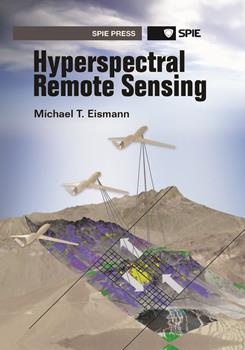|
Remote sensing has been defined as "the field of study associated with extracting information about an object without coming into physical contact with it" (Schott, 2007). In that regard, we use remote sensors to capture specific information from which we make decisions. For example, a weather satellite can take sophisticated measurements of global atmospheric parameters that ultimately drive someone's decision whether to carry an umbrella to work or not. Often, the sensors do not directly measure the particular information of interest, but simply provide data from which the desired information can be extracted based on some observables of the remotely viewed objects. When viewed from this perspective, it is important to consider the four fundamental remote sensing questions posed in Fig. 1.1. That is, we must understand the observables that carry the information of interest, what the sensor actually measures relative to this inherent information content, how well the sensor preserves this information in the data it provides, and ultimately how the information can be extracted by subsequent data processing. This book addresses one particular field of remote sensing, that of hyperspectral imaging, and attempts to provide a thorough treatment of the scientific principles underlying this remote sensing discipline, so that the reader will have a good appreciation of each of these four fundamental aspects of the technology. |
|
|


